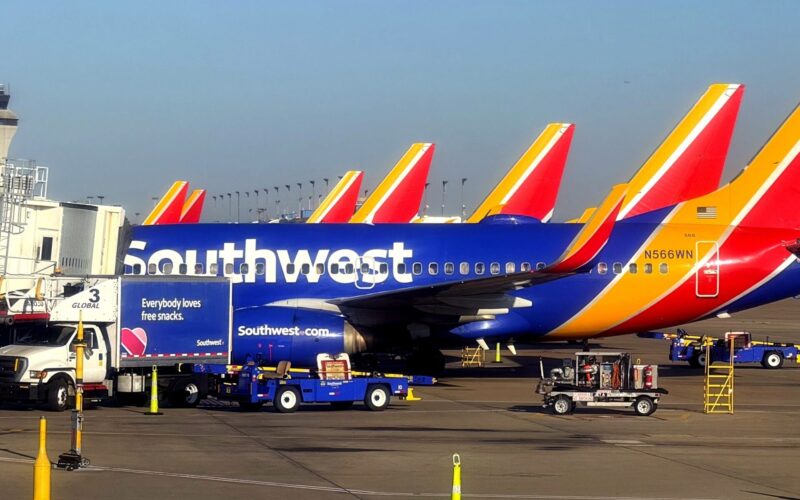Southwest adjusts landing approach to minimize turbulence injuries for cabin crew
By:
Pilotcenter.net
Southwest Airlines has announced plans to adjust their landing procedures starting in December 2024, with the aim of reducing injuries to cabin crew members during turbulence. The changes were revealed in an internal memo obtained by Pilotcenter.net News, where it was noted that cabin crew will now be required to secure the cabin 8,000 feet earlier than before.
The internal memo stated, “At 18,000 feet, the Pilots will make one high-low chime, indicating the start of sterile flight deck. This chime serves as your cue to secure the cabin for landing and to be seated and secured in your jump seats.” Previously, Southwest cabin crew had to secure the plane and fasten their seatbelts at 10,000 feet during landing.
Southwest emphasized that these alterations represent their commitment to prioritizing the safety and well-being of flight attendants. The decision to modify landing procedures was based on extensive research and incident reports gathered through the carrier’s Safety Management System (SMS). The airline explained that data analysis indicated seating flight attendants earlier could potentially reduce injuries by 20%.
In the event that these changes do not effectively address the issue, Southwest is prepared to explore other solutions. The move comes in response to a series of high-profile cases this year where turbulence caused injuries and fatalities on different airlines.
For instance, Lufthansa experienced an incident where five passengers and six crew members were injured due to severe turbulence on a flight between Buenos Aires and Frankfurt. EVA Air also encountered turbulence resulting in minor injuries to crew members, while a Singapore Airlines flight saw a passenger fatality and numerous injuries after turbulence on a route from London to Singapore in May.
Meanwhile, Korean Air has adjusted its in-flight service protocols by concluding services 40 minutes before landing on medium to long-haul flights, 20 minutes earlier than before. This change is aimed at ensuring that in-flight services are concluded before the aircraft begins its descent, reducing the risk of turbulence-related incidents for both passengers and crew members.
As Southwest takes proactive steps to enhance cabin crew safety during turbulence, other airlines are also implementing measures to minimize the impact of inflight disruptions.

